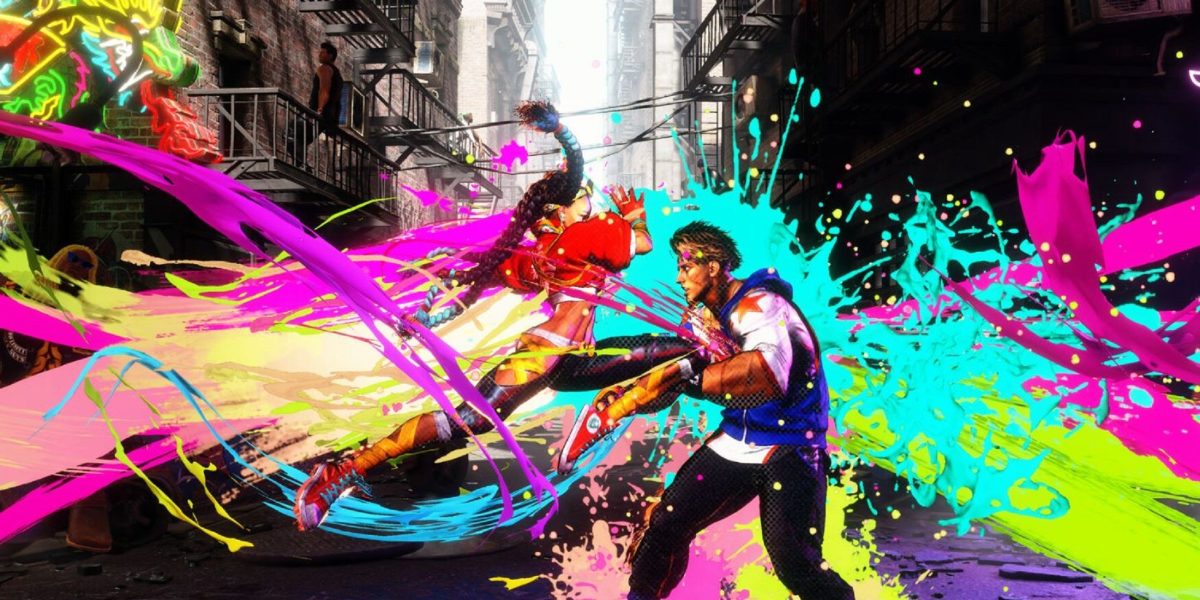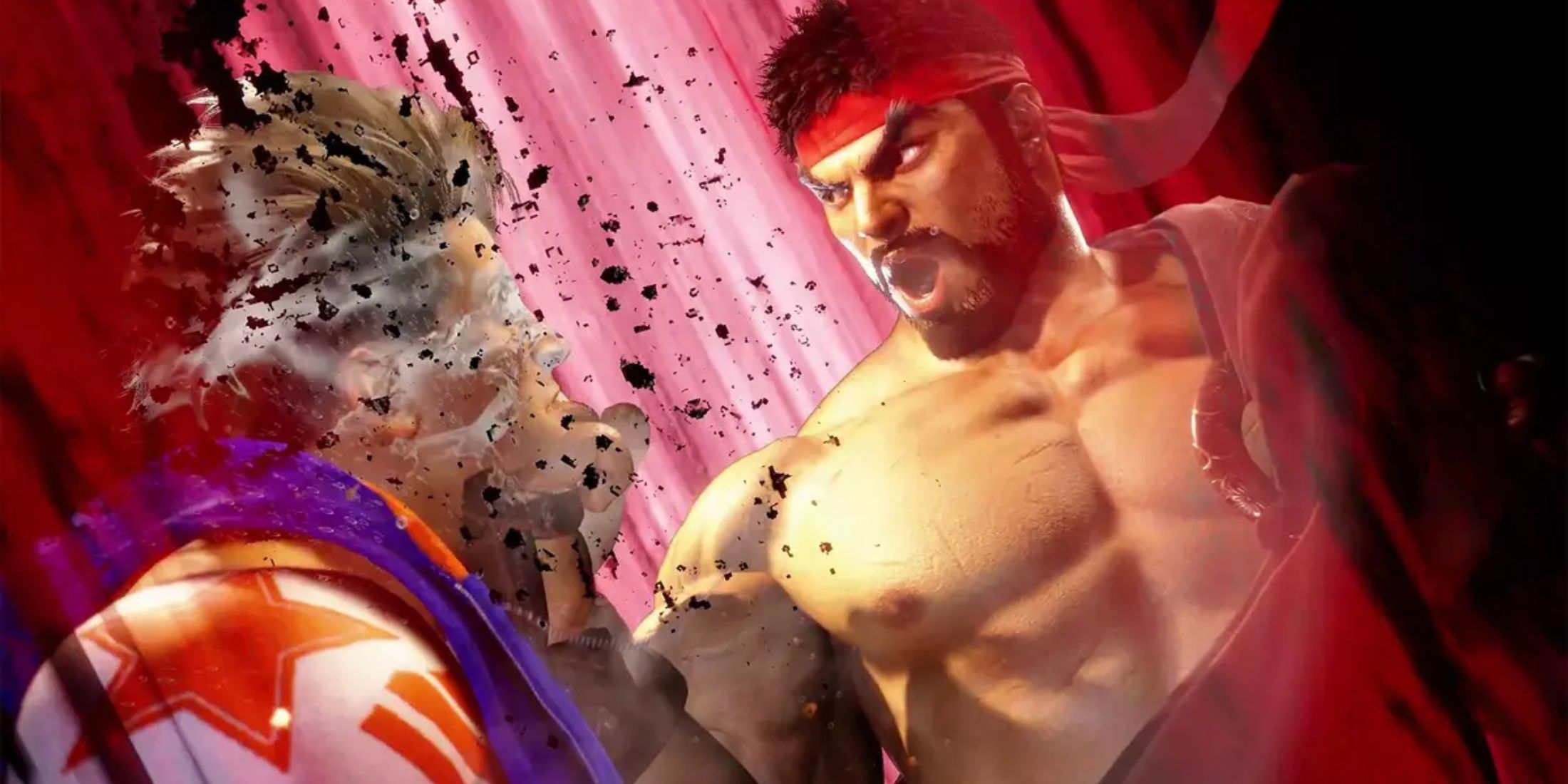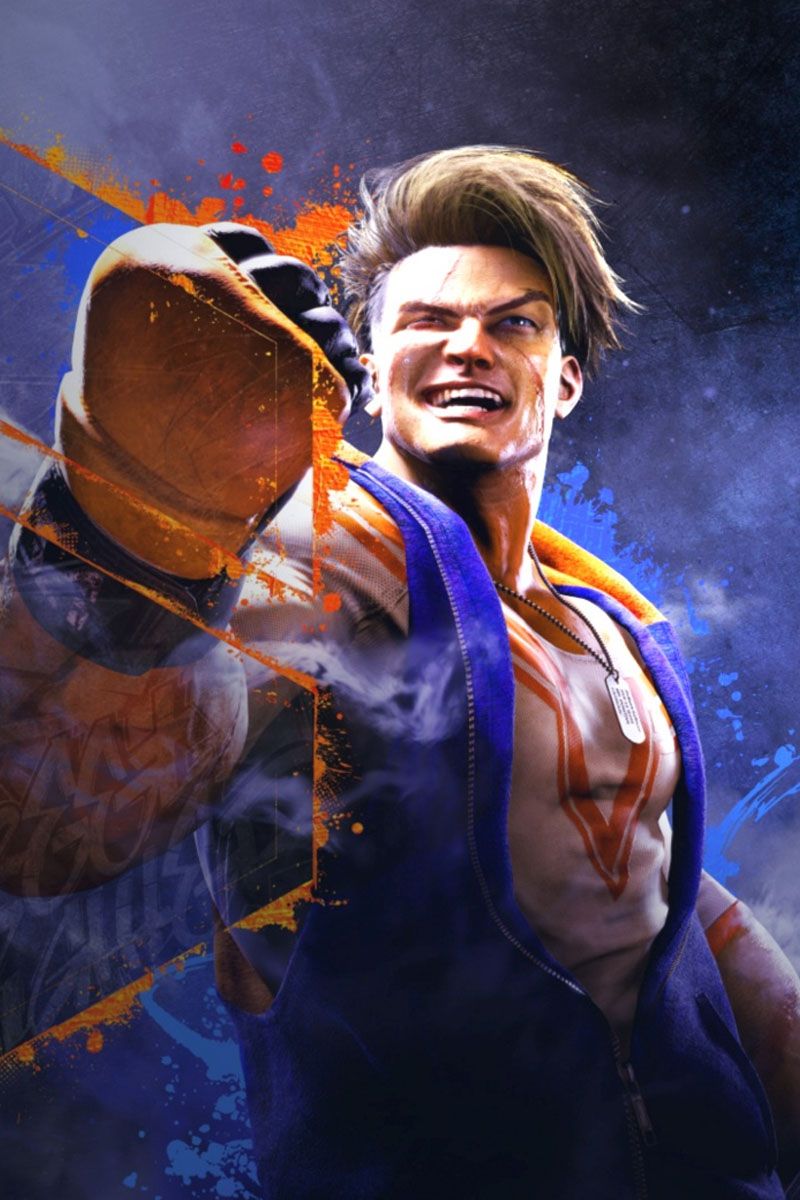
Street Fighter 6’s Sequel May Need to Bite a Bullet It Has Long Dodged
The Street Fighter franchise has long been a pillar of the fighting game genre. It’s one of the few franchises alongside titles like Mortal Kombat and Tekken that has been synonymous with fighting titles since the late 90s. The game is recognized for its meticulous mechanics, iconic characters, and signature gameplay albeit rooted in 2D combat. After all these years, the series has grown visually but even with the latest titles like Street Fighter 4 and Street Fighter 5 adopting 3D character models, the game’s core mechanics have remained firmly planted in the two-dimensional graphics.
But with each new iteration, the industry and its audience continue to shift, and the potential for Street Fighter to go fully 3D has become a recurring topic. Games like Tekken and Soulcalibur demonstrate the success of 3D fighting arenas, where players can sidestep and interact dynamically with their environment and that opens up better vibes and more entertaining gameplay possibilities. Street Fighter, however, has resisted this path and has instead opted to refine and expand upon its 2D mechanics instead.

Related
The Unwritten Rules of Street Fighter 6 Explained
Street Fighter 6 recently began its second season of DLC, so players should be aware of several unwritten rules in order to keep up with competition.
The Historical Commitment to 2D and Challenges of Transitioning to 3D
Street Fighter has opted for a hybrid approach when it comes to graphics by retaining the precision and speed of 2D movement, while its 3D character models contribute a bit to its aesthetic and visual appeal. For many fans, this balance struck a perfect chord and also kept the classic feel of Street Fighter alive while giving the graphics a nice facelift.
Moving fully into a 3D environment, as done in Tekken or Soulcalibur games, however, would shift this balance. And while that comes with opportunities, there is also a risk of alienating the OG fanbase, and hence, the franchise continues to dodge it.
It’s worth noting that Street Fighter does have 3D environments, and SF6’s World Tour is 3D.
The Challenges of a 3D Transition
From a gameplay perspective, Street Fighter‘s iconic combo system, precise spacing, and tight controls are deeply tied to its 2D roots. With 3D mechanics, developers would face the challenge of preserving these elements. For instance, movement along the z-axis, which introduces lateral or sidestepping mechanics, could disrupt the pacing and strategy players are accustomed to. This would necessitate a reimagining of the combo and input systems to accommodate extra depth while ensuring balance. This could be a challenging task when attempting to maintain the game’s legendary precision.
Another challenge would be adapting character movesets to work seamlessly within a 3D environment. Characters like Ryu, with his classic fireball zoning game, or grapplers like Zangief, whose gameplay revolves around close-quarters interactions, might require significant adjustments to remain viable in a 3D space. It could even mean rethinking some moves entirely, and that comes at the risk of alienating long-time fans who have grown attached to these characters’ specific abilities and playstyles.
Potential Benefits of Shifting to 3D and Fresh Dynamics
On the flip side, a 3D Street Fighter sequel could invigorate the franchise with fresh dynamics. The extra dimension offers opportunities for new tactics, like sidestepping, which could add depth to the classic rock-paper-scissors mechanics of high, low, and mid attacks. A 3D environment could also introduce creative interactions with arenas — such as destructible objects, ledges, or boundary moves that haven’t been explored in the franchise as of yet.
For instance, a strategy similar to
Tekken
where one player pushes an opponent toward a breakable wall or pulls off environmental finishers that showcase the environment’s impact on the fight.
Plus, a fully 3D Street Fighter would open up possibilities for richer storytelling and character development through environmental interaction, dynamic camera angles, and immersive visual effects. Another fresh side benefit would be dramatic camera shifts during super moves or interactions with destructible environments. It would add a nice cinematic flair and also arguably give the game a much-required facelift.
The Shift Needs To Come Gradually and With Care
Shifting to a 3D system would inevitably impact Street Fighter’s competitive scene, which is a crucial part of its identity. The fighting game community has deep-rooted traditions and Street Fighter is also one of the most enduring competitive titles in the industry. A radical change could polarize this community, particularly among tournament players accustomed to the game’s established mechanics. That said, if developers carefully consider the input of pro players and balance the game for competitive viability, it might help smooth the transition.
While some purists may resist the change, many players are now more open to cross-genre experimentation, as seen with the success of 3D fighters like Dragon Ball FighterZ that incorporate elements from both styles. Engaging fans through demos or beta versions could provide invaluable feedback, and should allow developers to address concerns before launch. Better yet, the shift doesn’t have to be all at once and could be incorporated in baby steps.


